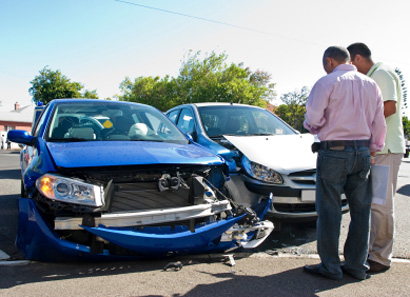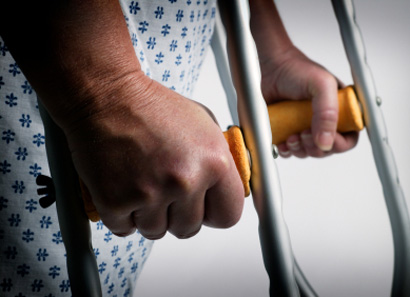Dade County, Florida
Miami-Dade County, Florida took its name in honor of Major Francis Dade, who lost his life in the Seminole Wars. On July 22, 1997, after earning voter approval, the county changed its name from Dade to Miami-Dade County. Biscayne Bay and the adjacent waters of the Atlantic Ocean comprise nearly twenty percent of Miami-Dade County. The county contains a total area of 2,431 square miles.
According to the 2000 Census, Miami-Dade County reported 2.2 million residents; however, estimates in 2005 indicated a population of 2,376,014. This 4.89% increase from the 2000 count poised Miami-Dade as the most populous county in FL and in the United States. Miami-Dade County is also one of three counties that make up the massive South Florida metropolitan area. The largest urban areas comprising Miami-Dade County, FL includeHialeah, Miami and Miami Gardens.
The City of Miami nestles in northeastern Miami-Dade County on northern Biscayne Bay between the Atlantic Ocean and the lush Everglades. Due to cultural heritage and linguistic affiliation with the Caribbean and North, South and Central America, Miami is often referred to as “The Gateway of the Americas”. Miami is also a significant city for the Hispanic world. The City of Miami reported a population of 362,470 to the 2000 Census. Its surrounding metropolitan area is home to more than 5.4 million residents. According to the Globalization and World Cities Study Group and Network, Miami holds the distinction of a ranking of “Gamma World City”.
Miami, FL serves as the seat of Miami-Dade County and an important center of culture and international finance. Downtown Miami boasts the largest concentration of international banking facilities in the nation. Numerous major companies operate their headquarters from the Greater Miami area, including Autonation, Carnival Cruise Lines and Ryder Systems. Miami International Airport and the Port of Miami rank among the country’s busiest points of entry.
Miami-Dade County, FL residents enjoy a vibrant quality of life with an astounding range of cultural and recreational activities to capture the ambiance of coastal living. Visitors enjoy warm, inviting days along the pristine beaches, or retreat indoors to catch a play or tour one of the many local museums. Subtropical nights reveal a variety of clubs, live entertainment venues, restaurants and shops. The Homestead-Miami Speedway offers exciting races throughout the year and special options such as the Richard Petty Driving Experience. Other popular destinations include the Art Deco Historic District, Biscayne National Park,Coral Castle, Everglades National Park, Miami Metrozoo, Miami Seaquarium, Parrot Jungle Island, South Beach and the Venetian Pool.
Residents have access to a wide range of living arrangements for lease, purchase or rent. Students seeking higher education have several fine choices. Higher learning facilities located within the county include Barry University, Florida International University, Florida Memorial University, St. Thomas University and the University of Miami.
Miami-Dade County, Florida has a subtropical climate with mild winter temperatures and steamy, humid summers. Fall in the area often brings considerable rainfall (and hurricanes, such as the disastrous Hurricane Andrew in 1992). Occasional cold fronts bring cooler weather throughout the winter, however the temperatures rarely fall below freezing. Miami-Dade County, FL is home to a lovely patchwork of coastal communities that serve as a cultural melting pot.


